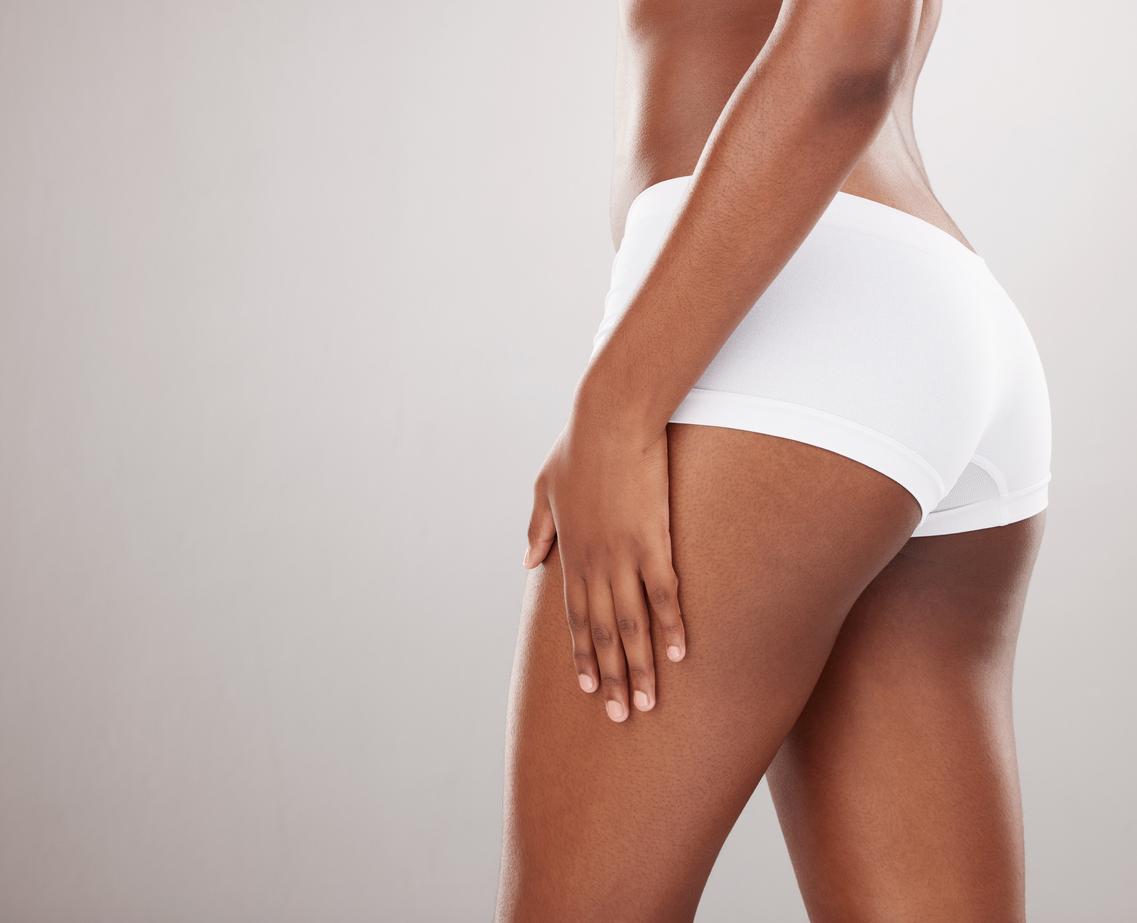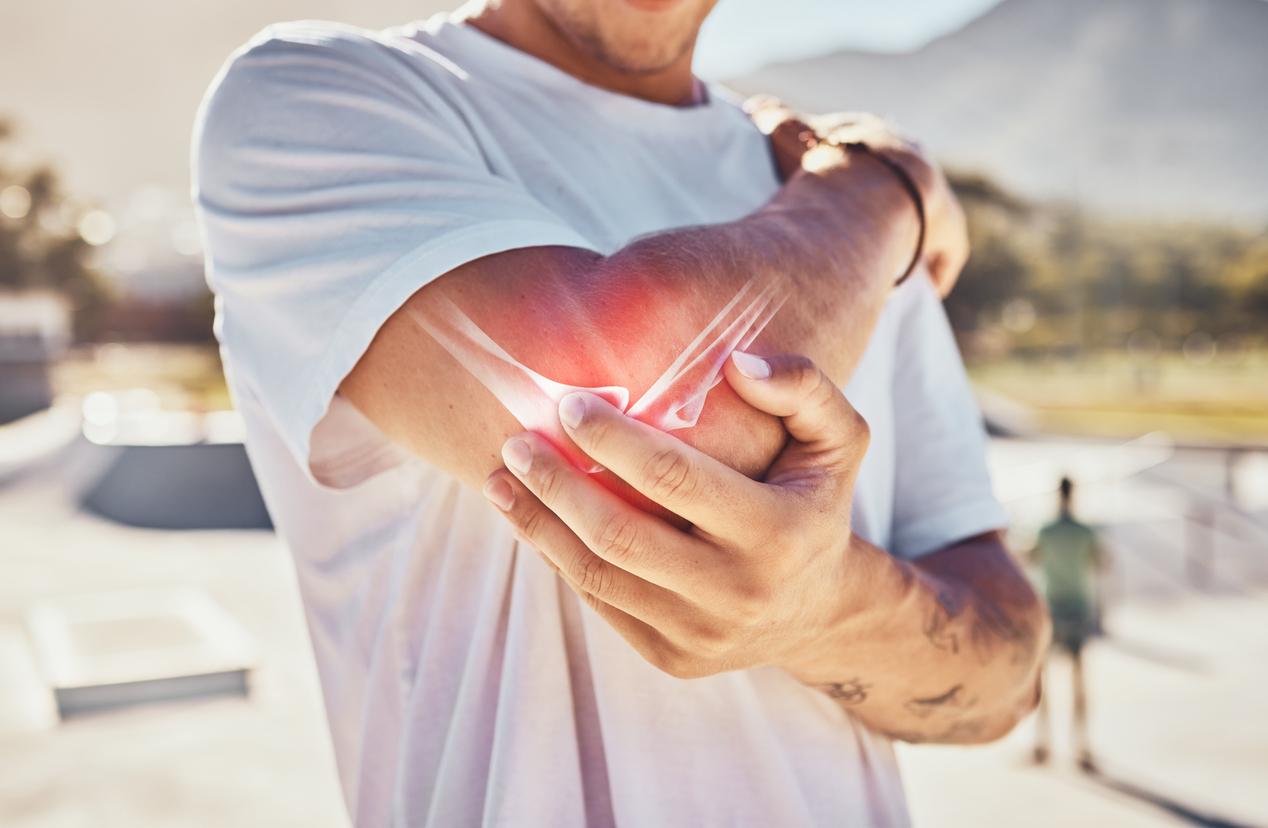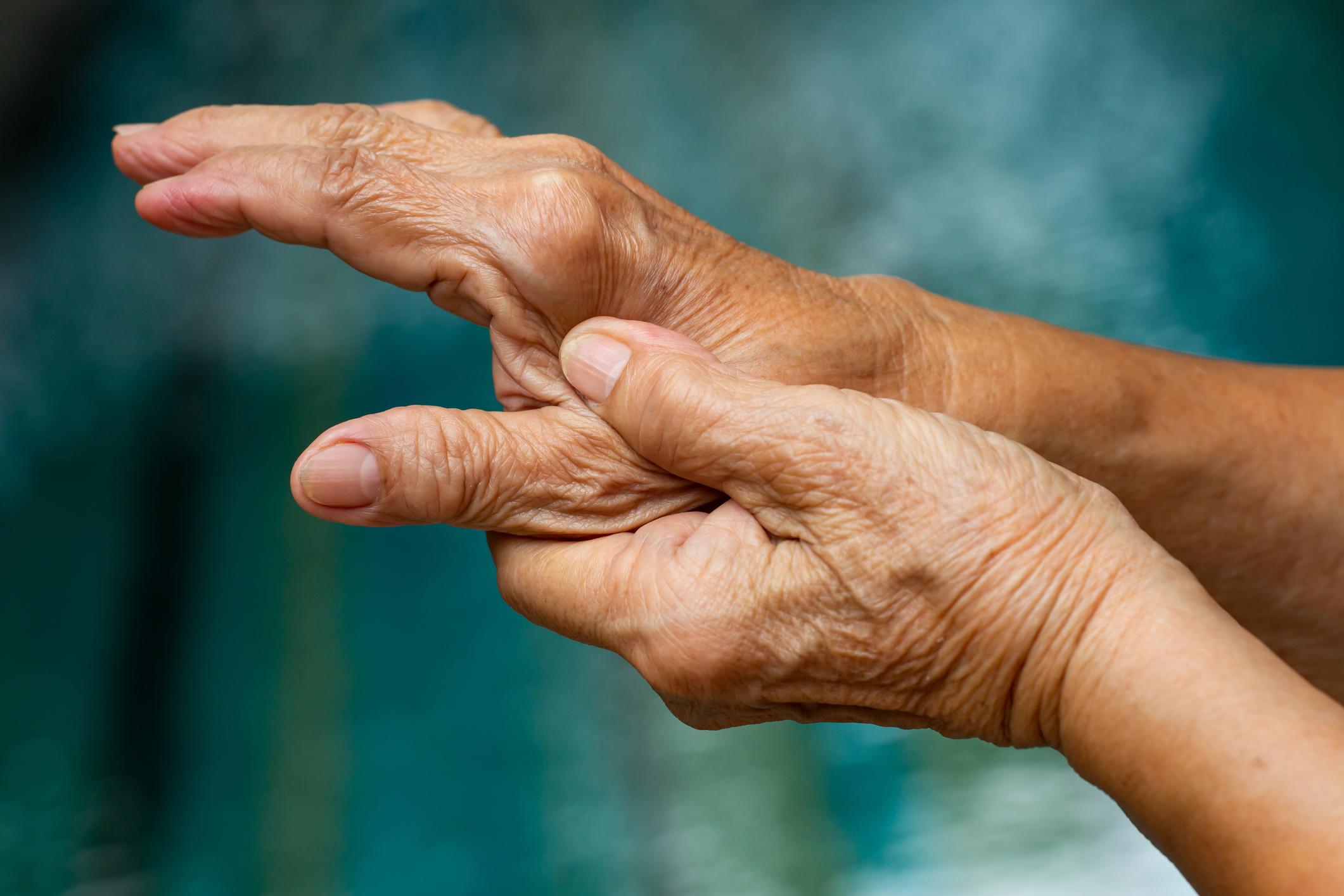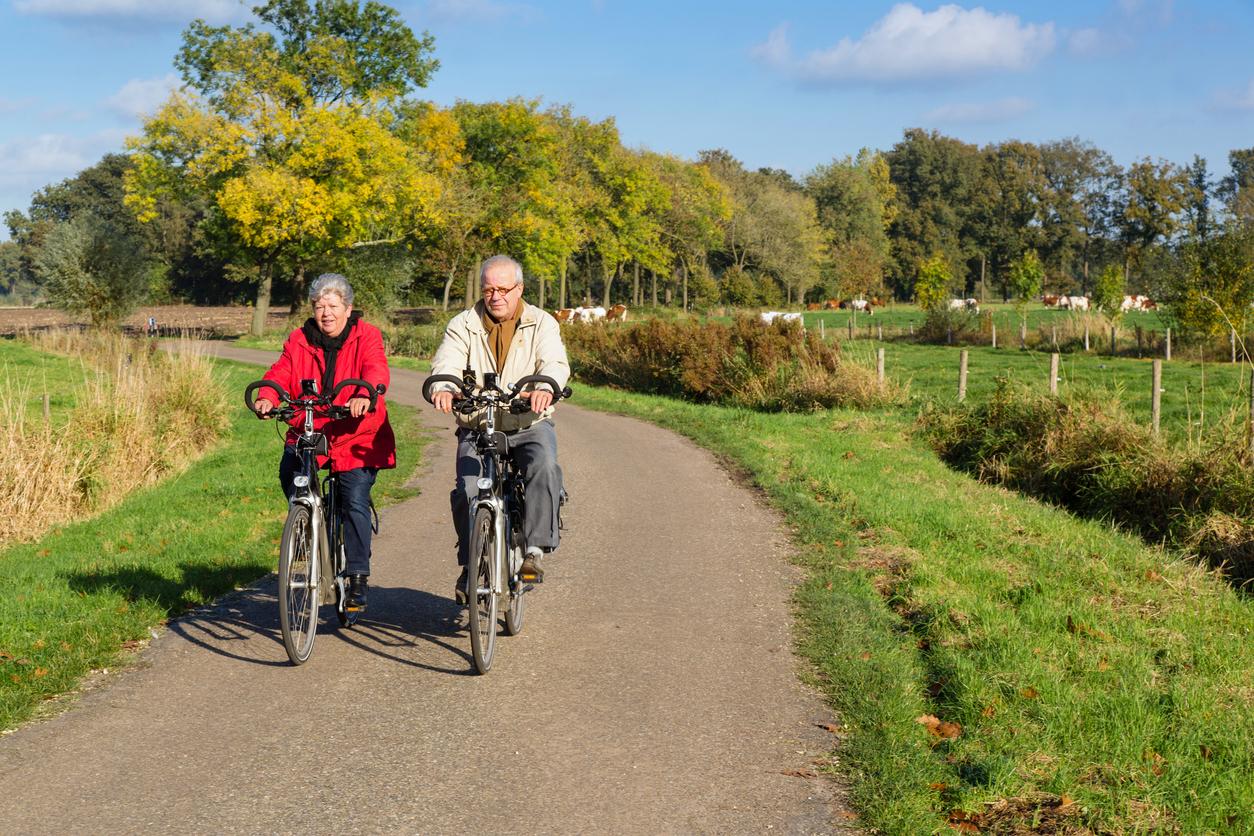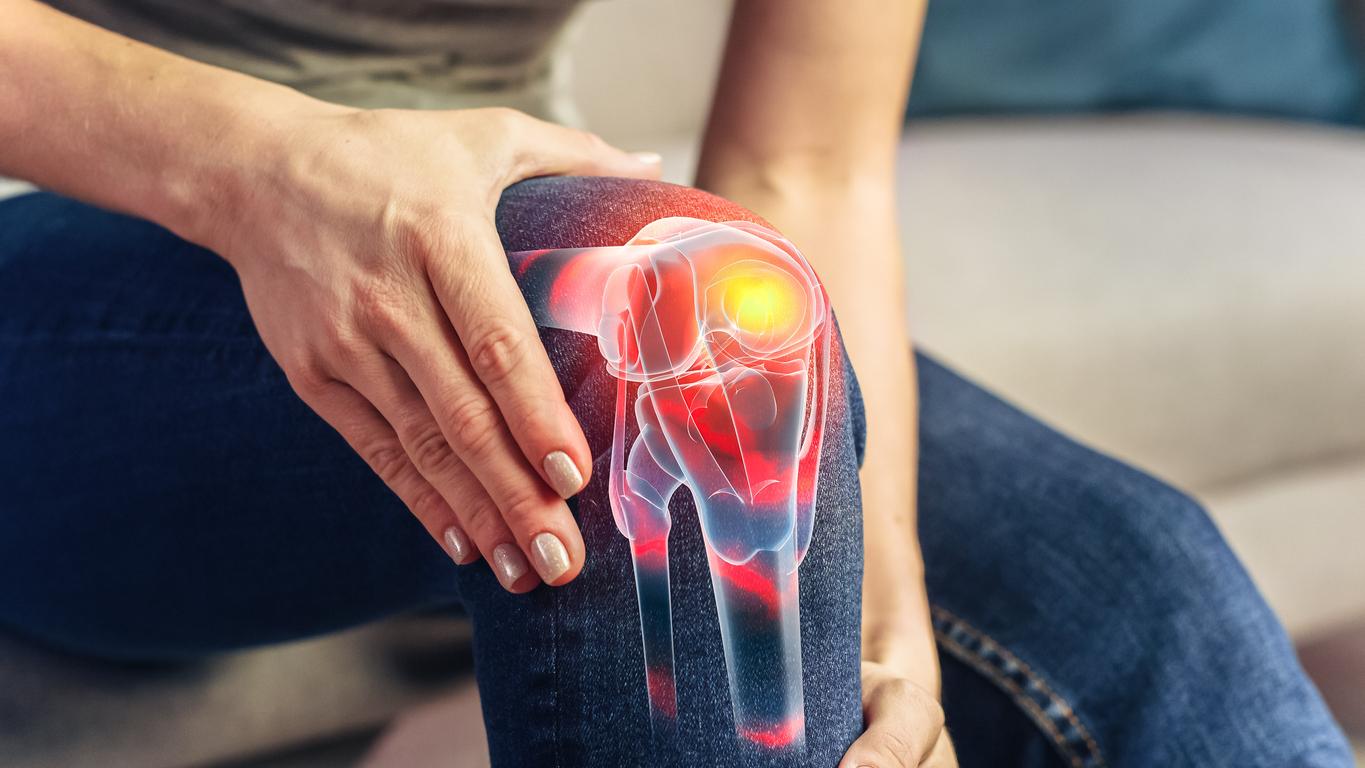Hip, knees, lumbar… There is no clear link between musculoskeletal and joint pain and weather conditions, according to a recent study.
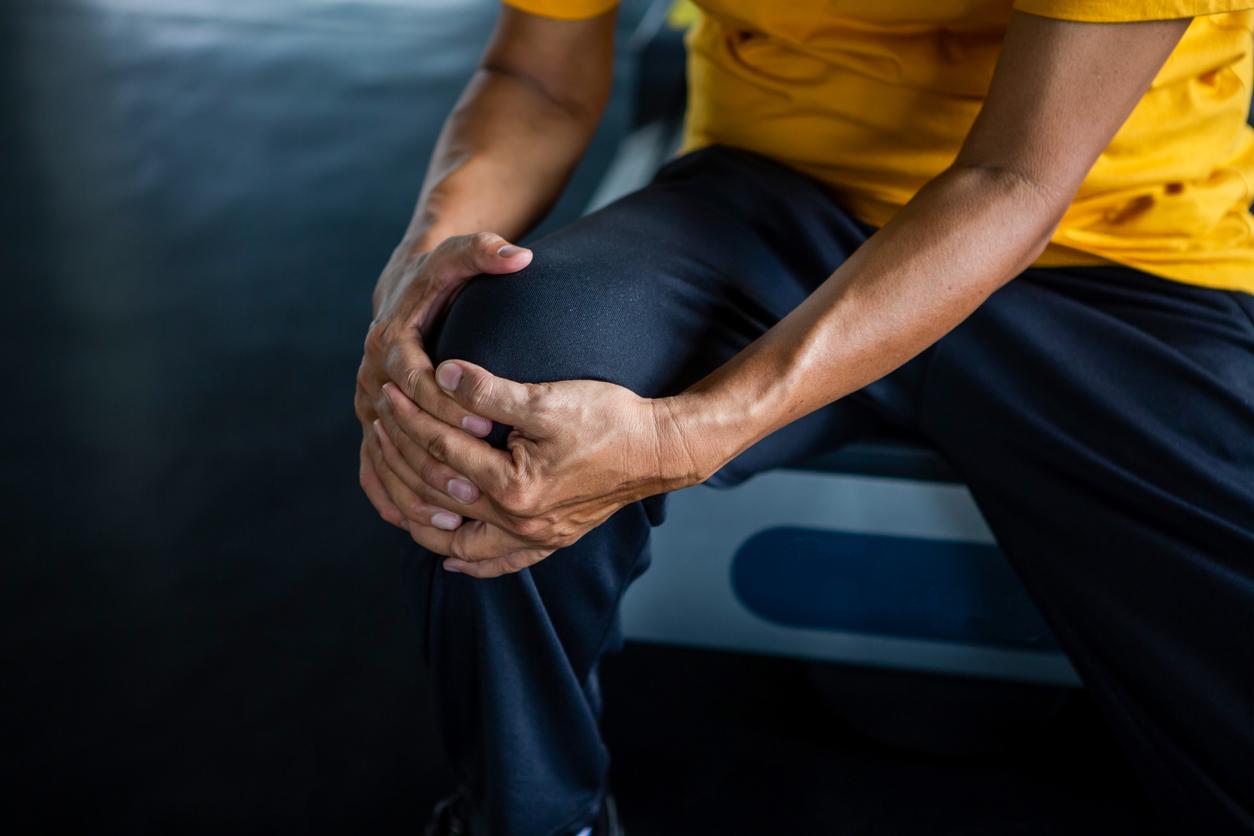
- Changes in weather conditions do not appear to increase the risk of symptoms of knee, hip, or lower back pain.
- However, high temperatures combined with low humidity can double the risk of a gout flare.
- Faced with these findings, patients and clinicians should not let the weather impact treatment options.
There is a long-held belief that changes in weather conditions, such as rain or temperature, can trigger or worsen muscle and joint pain. “However, despite the frequency with which this phenomenon is recognized, previous research is contradictory,” explained researchers from the University of Sydney (Australia). Thus, they wanted to assess the transient risk of muscle and joint symptoms associated with meteorological parameters (e.g. temperature, humidity, atmospheric pressure and precipitation).
High temperatures and low humidity double the risk of gout flare
As part of their study, the team pooled existing international research data on weather conditions and musculoskeletal and joint pain involving more than 15,000 people reporting more than 28,000 new episodes or worsening symptoms. The results, published in the journal Seminars in Arthritis and Rheumatismshowed no clear trend between humidity, air pressure, temperatures or precipitation and the risk of symptoms of rheumatoid arthritis, knee osteoarthritis or low back pain.
However, high temperatures and low humidity can double the risk of joint pain, redness, and swelling in people with gout. Another observation: heat could lead to dehydration and an increase in the concentration of uric acid in adults affected by this chronic disease due to the presence of excess uric acid in the blood.
“Whether it rains or shines, the weather has no direct link to most of our pain”
“Our research challenges this belief by showing that whether rain or shine, the weather has no direct link to most of our aches and pains,” said Manuela Ferreira, who led the study. Doctors should use caution when recommending pain management based on weather conditions, researchers say. “When seeking to prevent and relieve pain, patients and clinicians should focus on how best to manage the condition, including weight management and exercise, and not focus on the weather and allow it to influence the treatment.”









